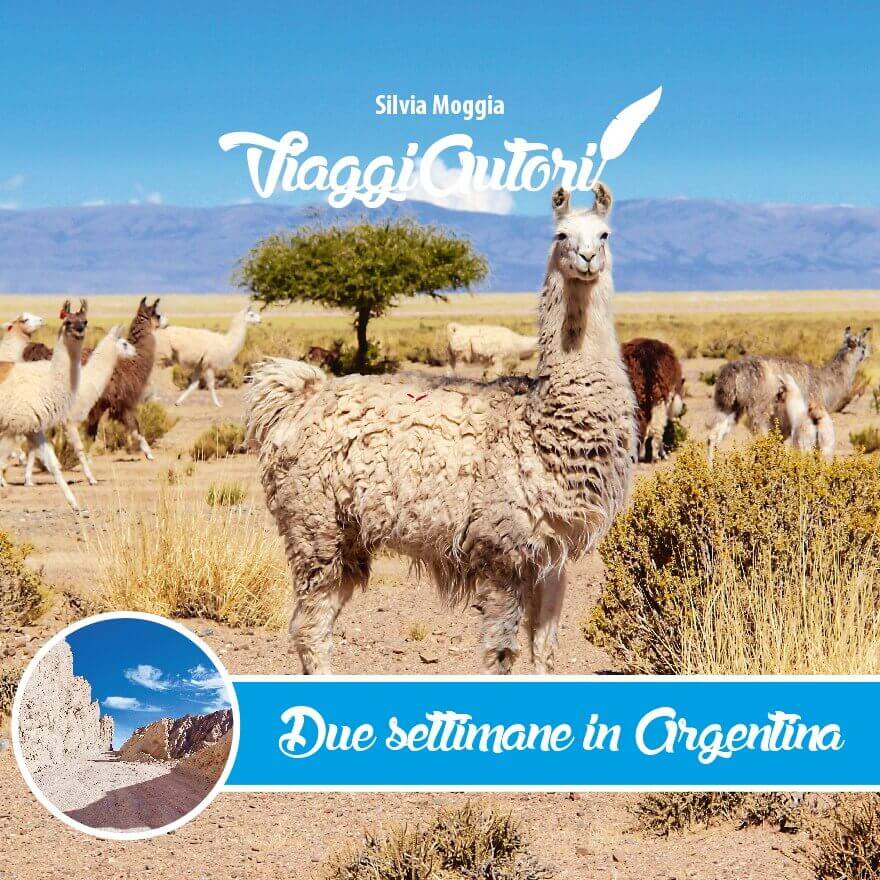Introducing advanced CT scanners at select worldwide airports significantly shifts airport security measures.
For many airline passengers, the airport security check is often the most dreaded part of their journey. I perfected my “strategy” when packing and entering the security check queue, but it remains an annoying and time-consuming moment.
Approximately half a million people navigate through airport security every hour, which can be cumbersome. Passengers usually feel frustrated with the restrictions on LAGs (liquids, aerosols and gels) in cabin baggage and the need to remove electronics such as laptops and tablets from their hand luggage.
Introducing the liquids rules in 2006 was a pivotal moment in airport security. Initially implemented as a ‘temporary measure’ to counter the threat of explosives, these rules have since become a cornerstone of airport security, persisting despite assurances of their removal.
Despite the promise of eased rules at major European airports by 2022, installing new scanners proved complex and challenging. This sheds light on airports’ difficulties in implementing advanced security technology, a process that requires careful planning and coordination. Understanding these challenges can help the audience empathize with the efforts being made to enhance airport security.
For instance, the UK’s four major airports, Heathrow, Gatwick, Manchester, and Stansted, had already indicated their inability to meet the deadline several months ago.
Meanwhile, a week after the deadline, progress in aviation security went reverse, with the British Department for Transport ordering airports with the new equipment to restore the old 100ml limit on LAGs.
General cabin baggage rules
Over the decades, the list of items that cannot be taken through an airport security checkpoint in carry-on bags has increased. Prohibitions have evolved in reaction to terrorist attacks – successful and otherwise.
All weapons, whether firearms, knives or explosives, are banned from hand luggage. But there are also strict rules about more significant quantities of liquids, aerosols, gels, pastes, lotions and cosmetics, extending even to yoghurt, soft cheese and Creme Eggs.
No container for any LAG can be above 100ml. At most airports, they must be carried in a resealable clear plastic bag with a maximum volume of one litre and removed for the security check. Still, the liquids can be left in the passenger’s luggage at seven.
New CT scanners at select airports
Modern scanners use computed tomography (CT) – the same technology as medical scanners – to analyse the molecular structure of the contents of a passenger’s bag. The machines can detect potential threats and present security officers with a three-dimensional image of the contents.
They can also analyse whether laptops and other electronic equipment present a danger.
At airports where the technology is installed, liquids and laptops no longer have to be removed.
Introducing more advanced security technology, such as CT scanners, promises to enhance security measures and provide a sense of reassurance. The more sophisticated assessment of potential threats could reduce staff time consumed in ‘secondary searches’, allowing officers to focus more on assessing passenger behaviour. This could pave the way for a more efficient and effective airport security system, ultimately ensuring a safer travel experience for all.
Travellers have a much easier experience: they no longer need to deconstruct their cabin bags, and the airport process feels much smoother and less stressful.
The new kit was first used in Europe at Shannon in the west of Ireland, where “liquids, gels, pastes, lotions and cosmetics in containers of any size” have been allowed through security since March 2022. To reduce stress for passengers and increase security, in 2019, the government told all major UK airports to have advanced CT scanners at security checkpoints by 1 December 2022. But the deadline was missed.
During the Covid pandemic, airports faced catastrophic losses as passenger numbers collapsed. The obligation to make the required multi-million-pound investment was lifted, with most airports failing to meet the deadline.
In the UK, seven airports met the 1 June 2024 deadline: Aberdeen, Newcastle, Teesside, Leeds Bradford, Birmingham, Southend and London City. In addition, Bristol Airport says it will have the new equipment fully in place by 14 June 2024. They saw the kit as a competitive advantage, promising an almost complete relaxation of the liquids rule – with up to 2 litres being allowed through. But in a shock move, from 9 June 2024, they were ordered to restore the 100ml limit. It was not a complete reversal; passengers can still leave liquids, aerosols, gels, etc, in their cabin baggage. They must, though, be in containers of 100ml or less.
Lack of conformity in airport security procedures
Worldwide, lack of conformity is crucial for passengers and, I guess, aviation security professionals as well.
It’s important to note that security procedures can vary significantly across airports. For example, liquids are limited at many airports but can stay in the traveller’s bag. In the UK and many other countries, laptops and tablets such as iPads must be removed, but this is not the case in some nations.
In Israel, procedures are entirely different; passengers should arrive three hours before departure for the security check procedure. There is sometimes intense questioning by officials, and laptops must be removed (it happened to me in 2019). But liquids are permitted without restriction.
The main issue is that passengers should not expect aviation security to be the same worldwide – or even a specific country-wide. For instance, at some small Scottish airports, including Barra, Campbeltown and Tiree, there have been no security checks since 2017.
The introduction of CT scanners at select worldwide airports actually creates even more differences and specificity a traveller should pay attention to. Therefore, I started checking specific airport rules one or two days before flying to avoid annoying delays and security staff opening my bags and touching everything. I would recommend you do the same.








